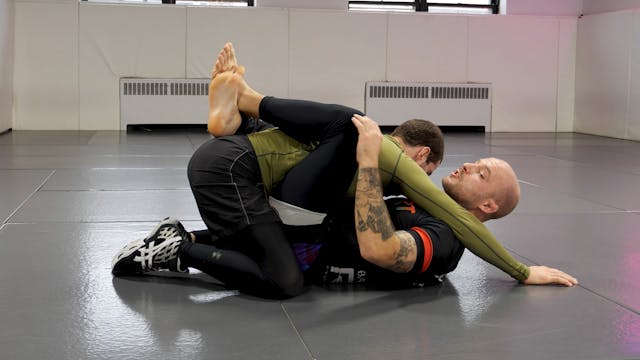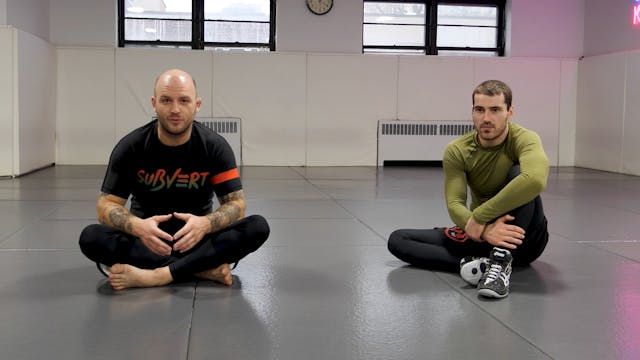Half Guard to the Back
NoGi BJJ: Intro to back attacks by Corey Guitard
•
2m 38s
Moving from bottom half guard to the dog-fight position is a great way to threaten your opponent and expose their back. When your opponent counters your underhook with an overhook of their own, you can limp-arm your way out and attack their back. If your opponent lets you have an underhook and doesn’t counter with an overhook, your path to the back is even easier.
Up Next in NoGi BJJ: Intro to back attacks by Corey Guitard
-
Closed Guard to Back Control
When you have a tight head and arm control from bottom closed guard, you’ll often be able to hip-escape, improve your angle relative to your opponent, and transition to a gift-wrap grip. From there, you have a few options to take the back depending on your preferences, positioning, and body-type.
-
Outro - Intro to Back Attacks
That concludes our introduction to back attacks! We hope you enjoyed the material and can make use of these techniques and concepts to have more success (and fun) in training and competition.
Stay tuned for our next course, which will focus on more advanced back attacks that you see in high-le...


